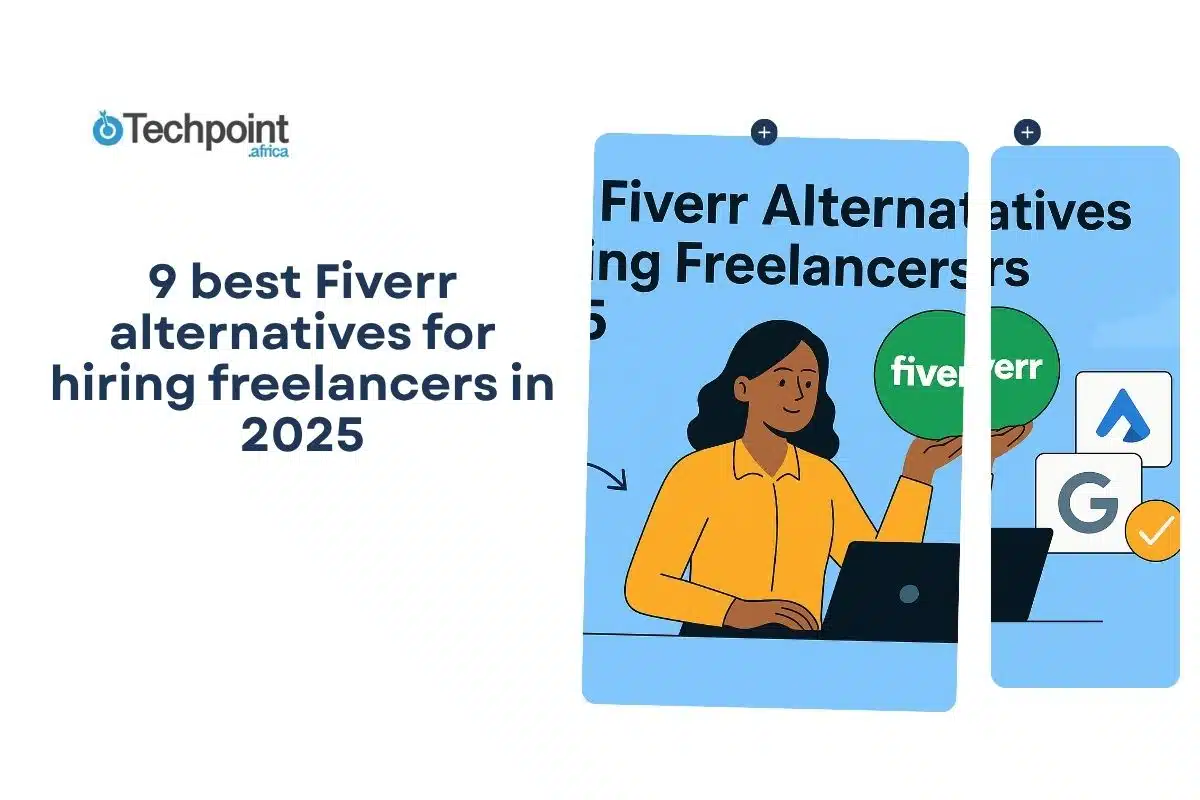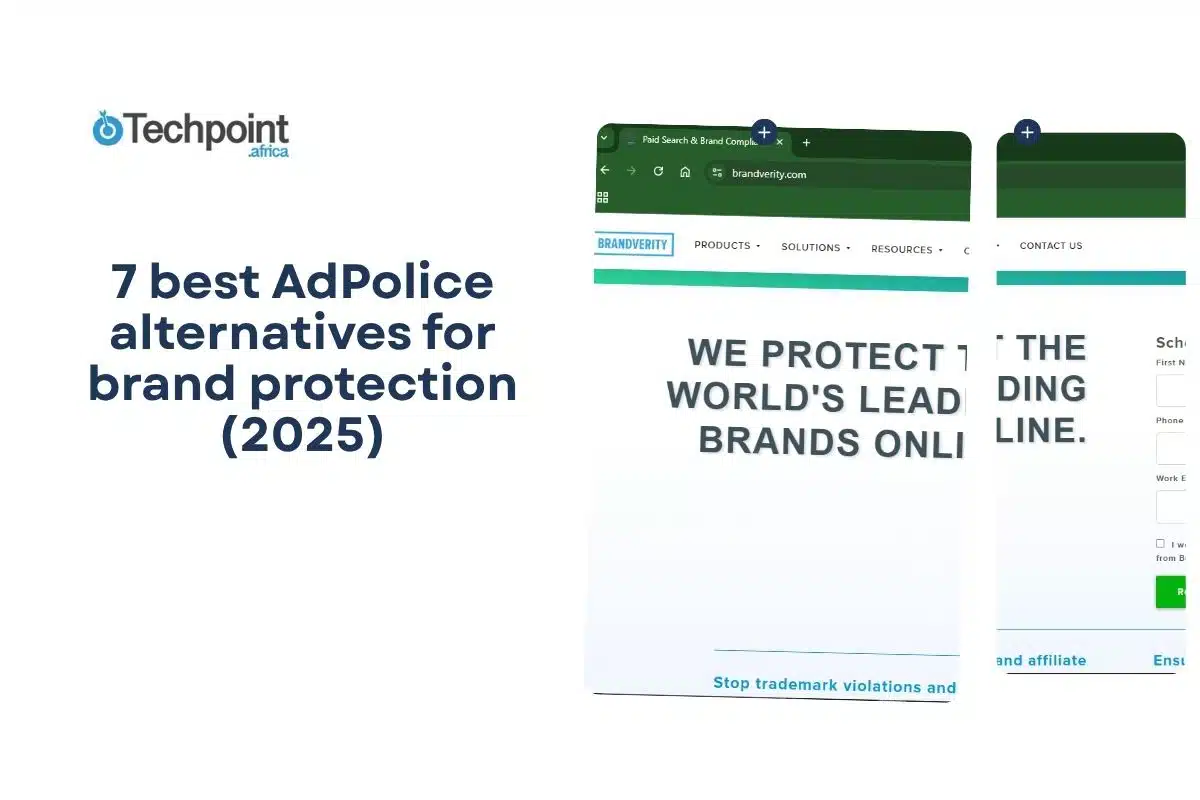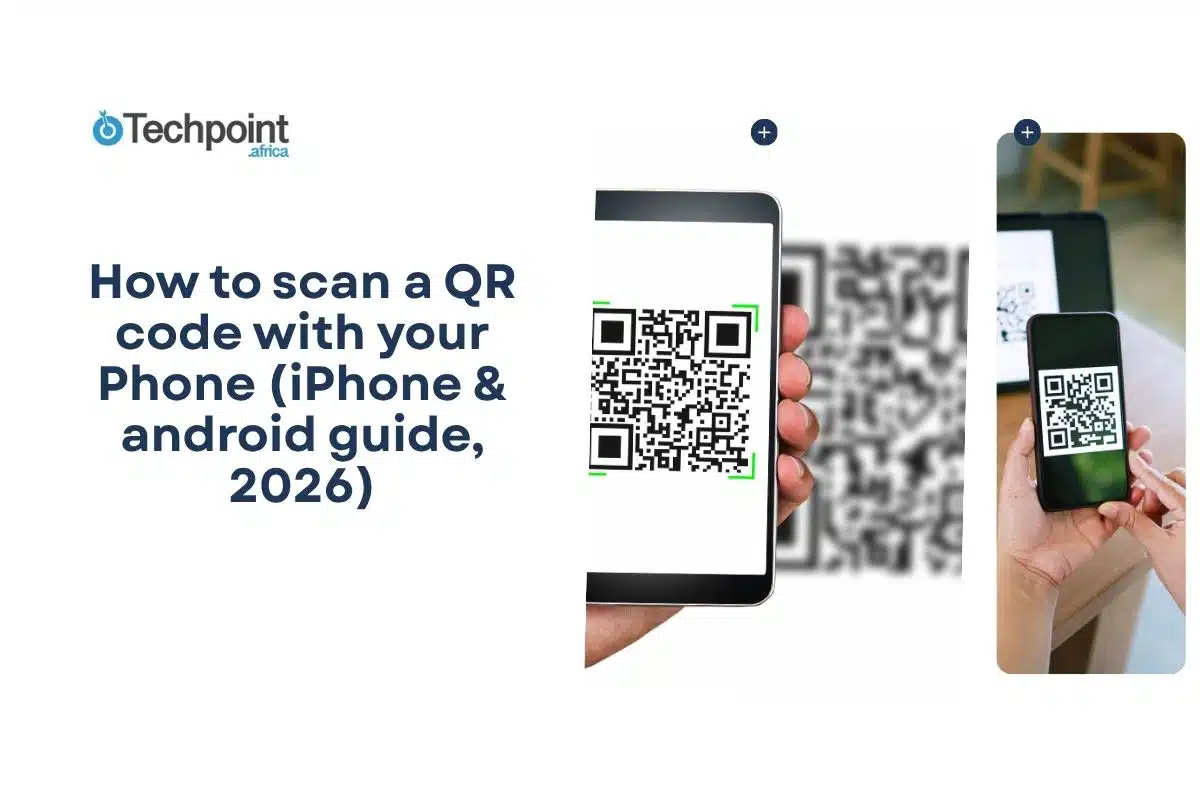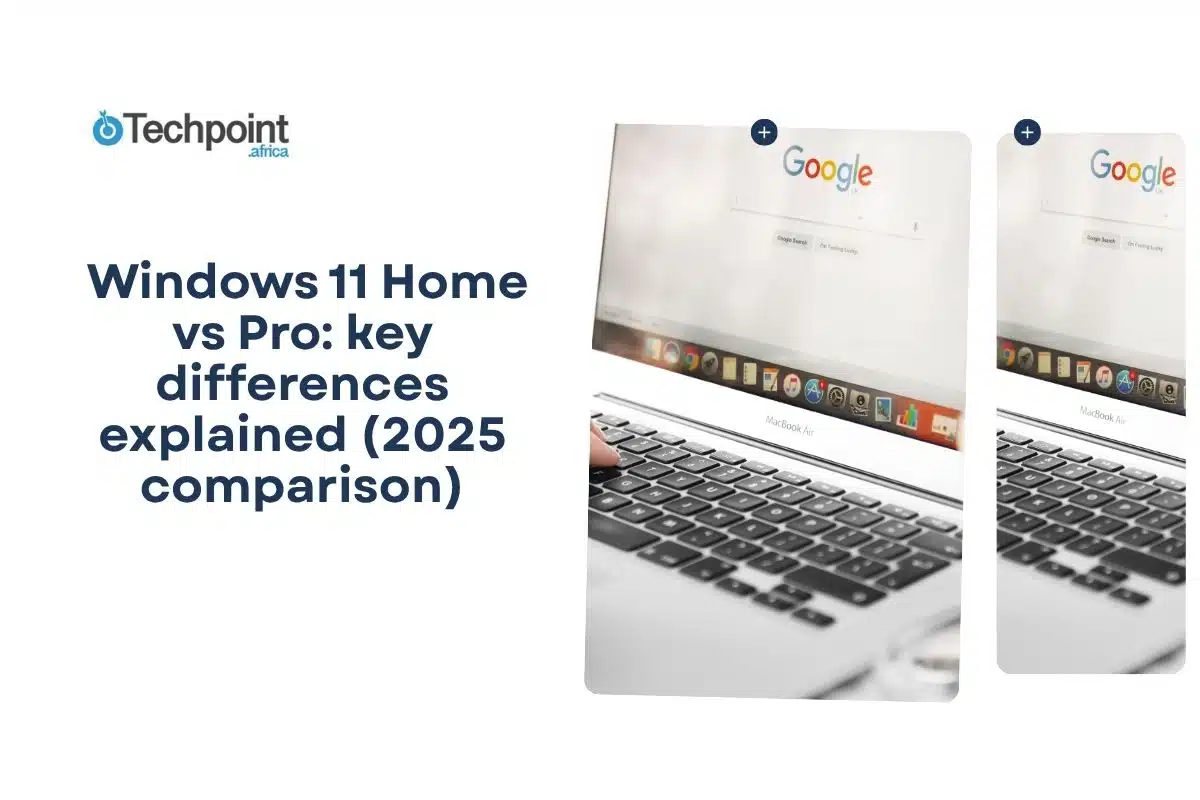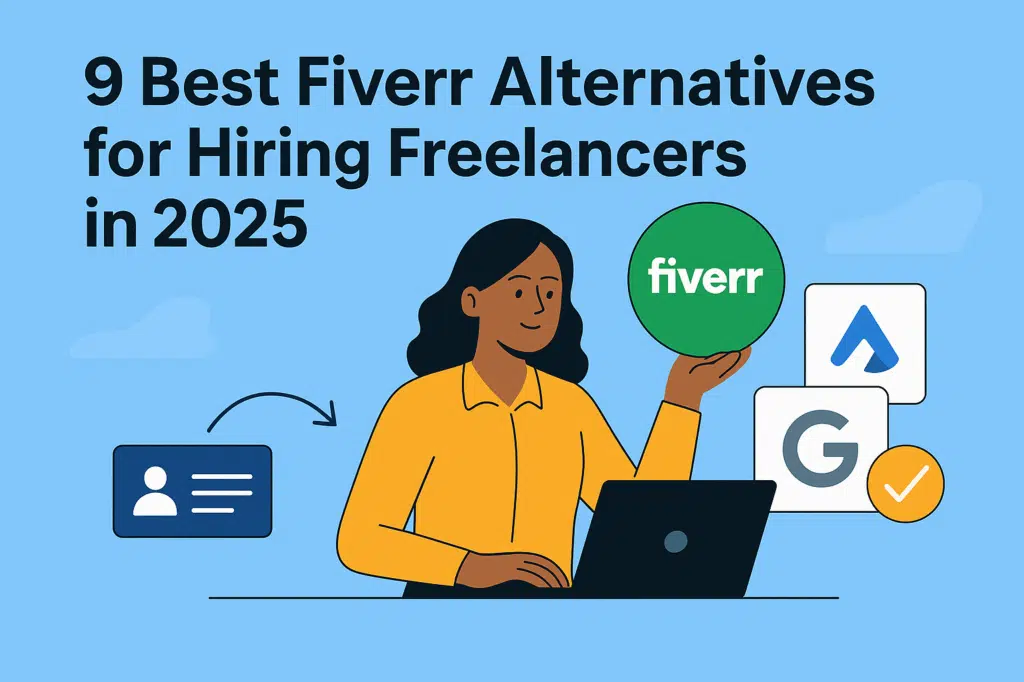
If you’ve used Fiverr, you already know the mix—it’s easy to find freelancers fast, but the quality can feel inferior. One project turns out great, the next leaves you redoing work or chasing refunds. Add on the growing fees, and it’s no surprise many businesses start looking elsewhere. The good news is there are plenty of Fiverr alternatives built to solve these frustrations, with better vetting, fairer pricing, and talent you can actually rely on.
In this guide, you will learn:
- The top Fiverr alternatives for different business needs
- How each platform compares in pricing, vetting, and quality control
- Which platforms work best for quick tasks, long-term hires, or specialized skills
- Practical tips to choose the right freelance marketplace for your budget and goals
9 Best Fiverr Alternatives for Hiring Freelancers in 2025
- Upwork – Best for a wide range of freelance projects
- Toptal – Best for premium, rigorously vetted talent
- Freelancer.com – Best for budget flexibility and contests
- 99designs – Best for creative and design work
- PeoplePerHour – Best for hourly freelance tasks
- Guru – Best for long-term client–freelancer partnerships
- Workana – Best for Latin America–focused talent
- Outsourcely – Best for startups and remote team support
- FlexJobs – Best for pre-vetted professionals across industries
9 Best Fiverr Alternatives for Hiring Freelancers at a Glance
| Platform | Description | Pros / Cons | Best For | Pricing / Fees Snapshot (2025) |
| Upwork | General freelance marketplace | Pros: versatility Cons: variable quality, fees | Broad projects | Clients pay 3–5%, Business Plus ~8–10% (Medium) |
| Toptal | Elite, hand-picked talent | Pros: strong vetting Cons: expensive | High-stakes, premium work | $79/mo access fee + markup on rates (exact markup not public) |
| Freelancer.com | Bidding + contests | Pros: many small tasks. Cons: fierce competition | Small tasks, flexible budgets | 3% or $3 USD (whichever is greater) when awarding projects (Unlimited Graphic Design Service) |
| 99designs | Design & creative contests/one-to-one | Pros: choice of designs. Cons: limited to creative work | Logos, branding, visuals | Clients pay 5% platform fee (99designs); designers pay 5-15% depending on level (99designs) |
| Guru | Milestones, recurring gigs | Pros: good for ongoing work. Cons: fewer high-end projects | Long-term contracts, consistent work | Charges 5–9% on earnings; $1 PayPal withdrawal fee (Graphic Design Eye) |
| Outsourcely | Remote work connections | Pros: the employer pays fees, the freelancer keeps full pay. Cons: smaller pool | Remote teams, startup hires | No commission for freelancers; fees borne by the employer (Freelance Business) |
| FlexJobs | Remote/flexible job listings | Pros: curated & vetted Cons: not project marketplace | Remote/full-time / contract roles | Subscription model for access to listings (no per-project fee) |
| PeoplePerHour | Mixed freelance tasks, hourly & fixed | Pros: flexibility Cons: fewer mega projects | Small to medium tasks, marketing, and ads | (Exact client fee data not reliably found) |
| Workana | Latin America–focused freelance network | Pros: regional focus Cons: smaller global reach | Projects targeting Latin American markets | (Specific fees not public in sources found) |
Upwork
Best for a Wide Range of Projects
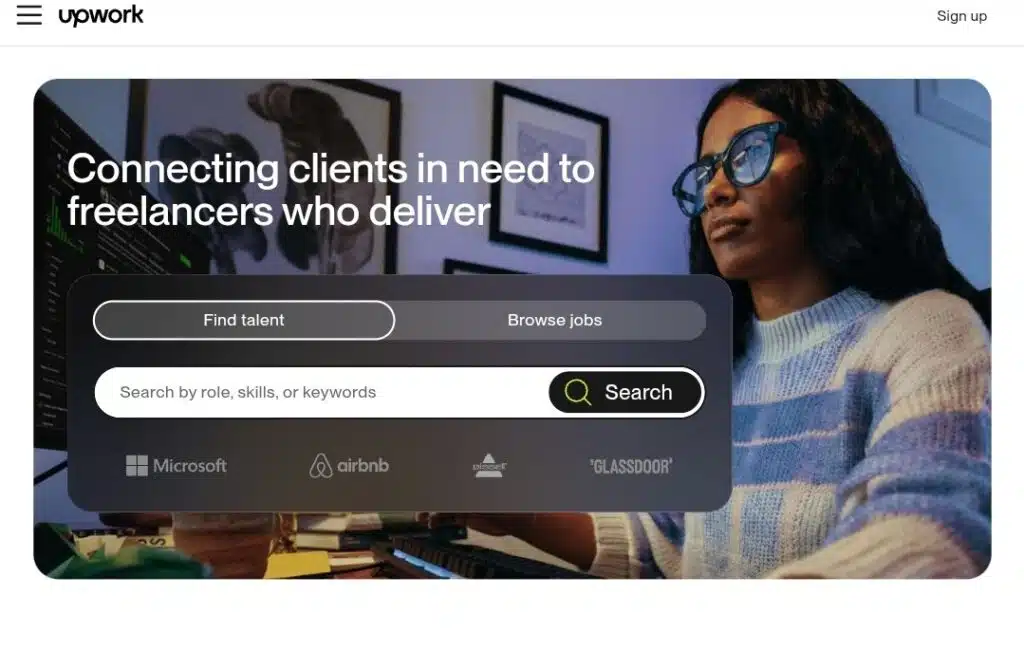
Upwork is one of the biggest freelance platforms, connecting businesses with millions of professionals across design, development, writing, and marketing. Unlike Fiverr’s gig-first setup, Upwork lets you post projects, review proposals, and build longer-term relationships. Features like milestone payments, time tracking, and in-app messaging give it stronger project management tools than Fiverr.
Pricing is fairly transparent. Clients pay 3–5% fees on payments, or 8–10% with the Business Plus plan. Freelancers are charged a flat 10% service fee, which is lower than Fiverr’s 20%. Upwork also supports both hourly and fixed-price contracts, so budgets are easier to control.
The huge talent pool is both a pro and a con. You’ll find specialists for almost any task, but quality varies, so vetting is key. Upwork works best for startups and small businesses that want choice and flexibility without paying premium platform rates.
Toptal
Best for Premium, Vetted Talent
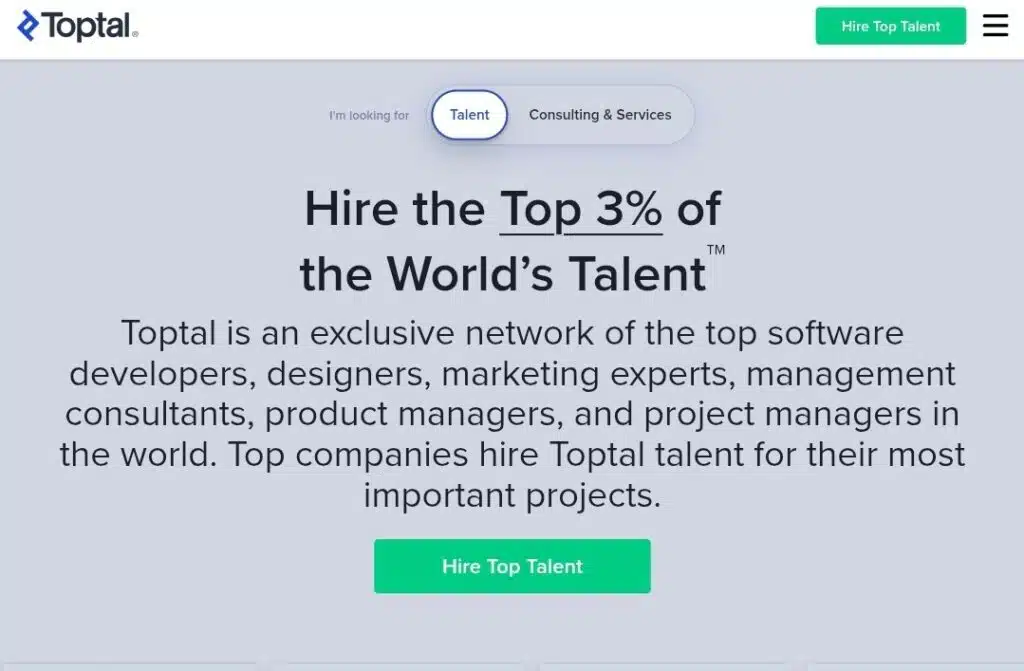
Toptal built its name on exclusivity, claiming to accept only the top 3% of applicants. The platform is tailored for businesses that can’t afford hiring mistakes—think software development, product design, finance, or project management. Unlike Fiverr or Upwork, you don’t scroll through endless profiles. Instead, Toptal matches you with pre-vetted professionals based on your needs, saving time on screening.
The cost reflects this rigour. Clients pay a $79 monthly subscription fee to access the network, plus freelancer rates that often range from $65 to over $ 200 per hour, depending on skillset. A $500 deposit is also required before the first hire, which is applied to your bill if you move forward. It’s pricier than Fiverr, but you’re paying for assurance.
Toptal’s main draw is quality. If your project is mission-critical and you need a developer or designer who can deliver from day one, this platform is unmatched. The downside is cost and limited flexibility, making it better suited for funded startups and enterprises than for small side projects.
Freelancer.com
Best for Budget Flexibility and Contests
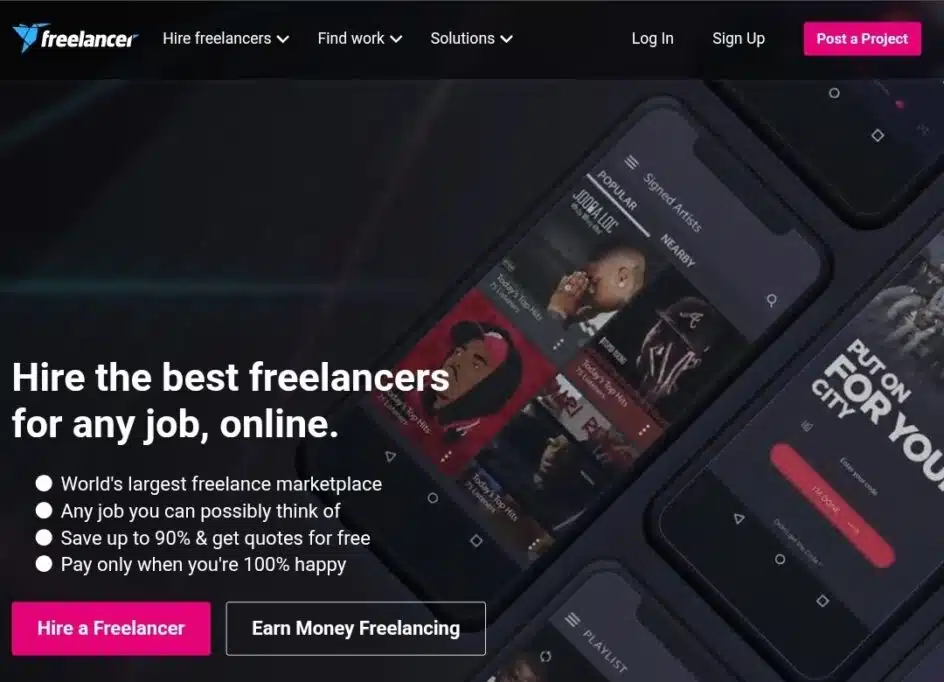
Freelancer.com is one of the oldest and most diverse freelance marketplaces, boasting over 60 million users worldwide. The platform works on a bidding system: clients post projects, and freelancers compete with proposals. It also has a unique contest feature, where you can launch a design or logo challenge and only pay for the option you like best. This structure makes it attractive to businesses with smaller budgets or those who want to see multiple ideas before committing.
Fees are lower than Fiverr’s but can still add up. Clients pay 3% or $3 (whichever is greater) on fixed-price or hourly projects. Freelancers are charged 10% on earnings, plus extras if they use upgrades or visibility boosts. Compared to Fiverr’s flat 20% cut, it’s more cost-friendly, especially for small, one-off tasks.
The pros are variety and affordability, while the cons are intense competition and inconsistent quality. Freelancer.com is best suited for budget-conscious startups or anyone who doesn’t mind sorting through many bids to find a good fit.
99designs
Best for Creative and Design Work

99designs stands apart from general freelance platforms by focusing solely on creative services—logos, branding, packaging, and web design. Its contest model is the big draw: you post a brief, multiple designers submit concepts, and you pick your favorite. This gives you a wide variety of ideas upfront, something Fiverr rarely delivers. You can also work directly with individual designers if you prefer one-on-one collaboration.
Pricing is tiered into contest packages. Logo contests, for example, start around $299 and can climb past $1,299 depending on the package and designer level. For one-to-one projects, clients pay a 5% platform fee, while designers are charged between 5 and 15% depending on experience. Compared to Fiverr, you pay more, but you’re buying access to curated talent and multiple creative options.
The upside is quality and variety, while the trade-off is cost and a narrower scope, as 99designs is only for design. It’s best for businesses that need standout visuals to see options before choosing a final design.
PeoplePerHour
Best for Hourly Freelance Tasks
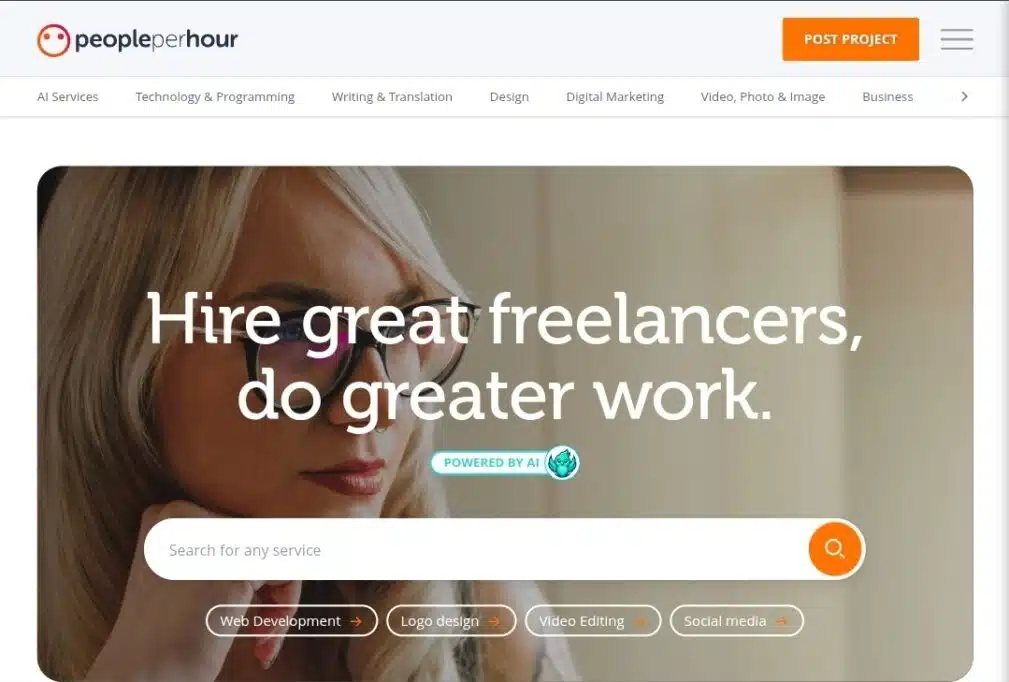
PeoplePerHour is a UK-based freelance marketplace known for its flexibility with both hourly and fixed-price work. It caters to a wide mix of categories, from marketing and SEO to app development and design. Unlike Fiverr’s gig listings, PeoplePerHour emphasizes “Hourlies”—predefined tasks that freelancers can deliver quickly—alongside open project postings. This structure makes it easy to find help for both small jobs and ongoing collaborations.
Fees are relatively straightforward. Clients pay a service fee of around 10% on each project, while freelancers are charged based on their earnings, with rates ranging from 20% for the first $350 billed each month, 7.5% up to $7,000, and 3.5% beyond that. Compared to Fiverr’s flat 20% cut, this tiered system can save freelancers more as projects grow.
The platform’s strengths are flexibility and a diverse talent pool, though it doesn’t have the enterprise focus or deep vetting of premium sites. PeoplePerHour is best for startups and small businesses needing reliable help for ongoing tasks without premium costs.
Guru
Best for Long-Term Client–Freelancer Partnerships
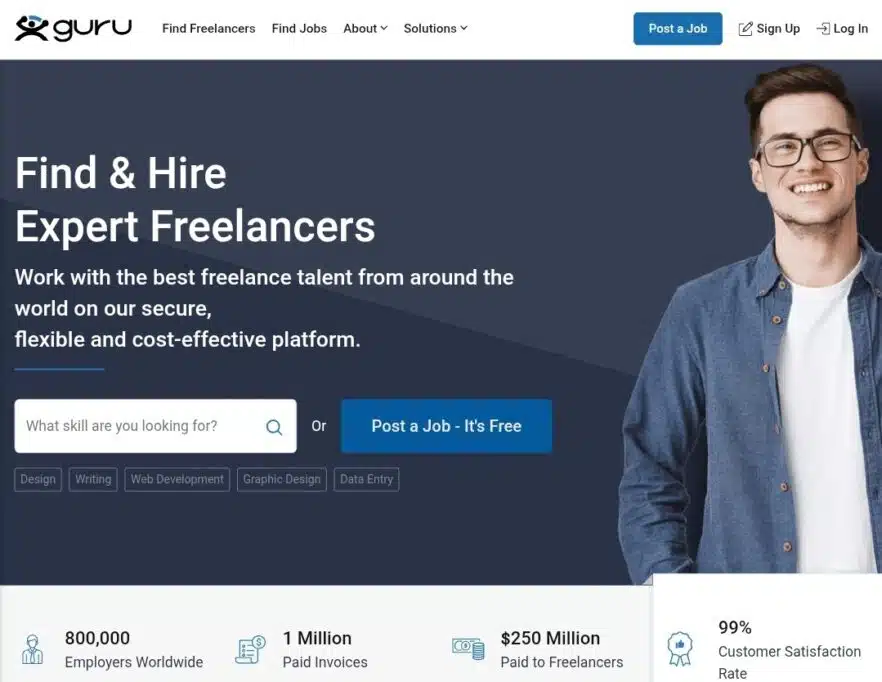
Guru is a freelance marketplace designed for businesses seeking ongoing collaborations rather than one-off gigs. Its WorkRoom feature keeps milestones, deliverables, communication, and payments organized in one place, making project management smoother than Fiverr’s gig-based approach. From design and writing to marketing, programming, legal, and administrative support, Guru covers a broad range of categories while emphasizing structured, long-term workflows.
Pricing is straightforward: clients pay 5–9% per payment depending on membership tier, and freelancers pay a small processing fee, like $1 per PayPal withdrawal. Premium membership ($29.95/month) reduces fees and adds extra features. Compared to Fiverr, Guru focuses on recurring projects, collaboration, and reliability rather than fast, low-cost tasks.
With its emphasis on project management and long-term partnerships, Guru suits businesses that need consistent freelance support. While its talent pool is smaller than some larger platforms, the professionals available tend to deliver dependable, quality work.
Workana
Best for Latin America–Focused Freelance Projects
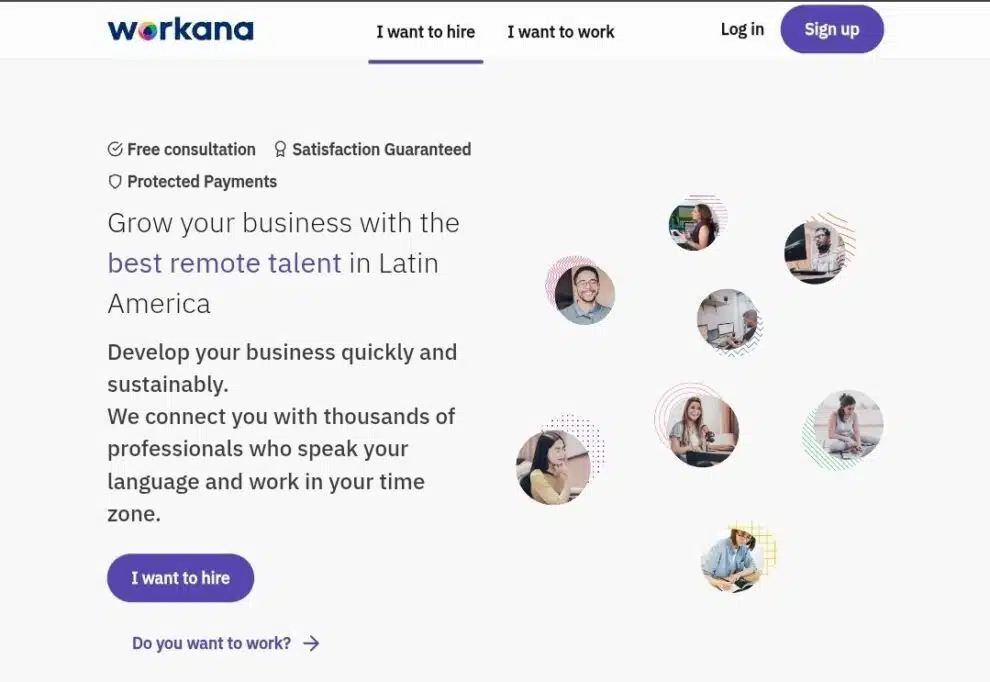
Workana is a freelance platform that connects businesses with professionals primarily in Latin America. It covers categories such as design, programming, marketing, and writing, making it a versatile option for projects of varying complexity. Unlike Fiverr’s gig-first approach, Workana emphasizes project postings and proposals, helping businesses find freelancers for both short-term tasks and ongoing collaborations.
Clients pay fees based on project type and membership, while freelancers’ earnings are subject to a service percentage that decreases as they build a reputation on the platform. The platform also supports milestone payments, time tracking, and in-platform messaging, which streamlines workflow and reduces administrative hassle. Compared to Fiverr, Workana offers more regional focus and a collaborative environment for building lasting work relationships.
Workana works best for businesses targeting Latin American talent or projects that benefit from regional expertise. Its growing user base ensures access to skilled professionals, though the platform is smaller than global giants, so highly specialized roles may be limited.
Outsourcely
Best for Startups and Remote Team Support
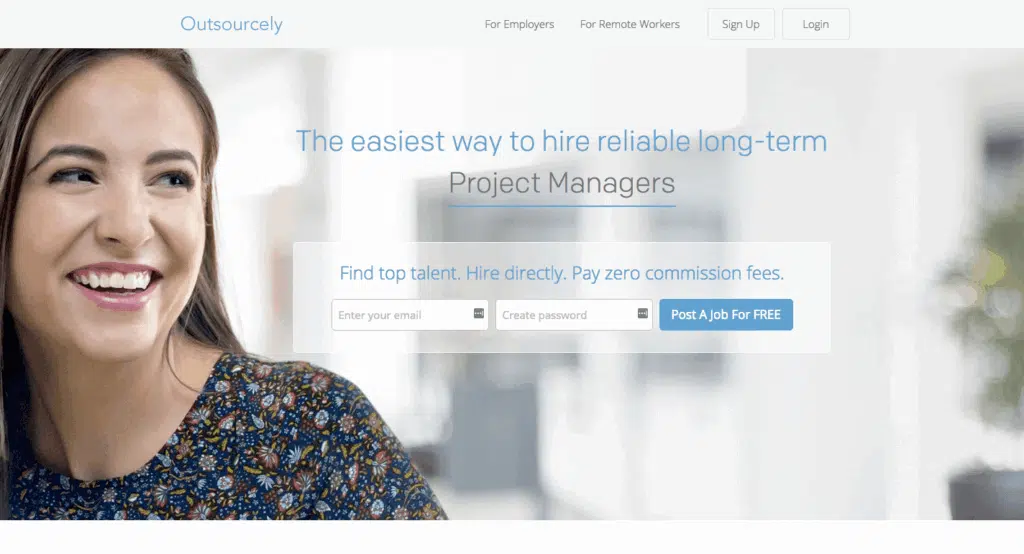
Outsourcely is a platform that connects businesses with remote professionals for long-term projects and full-time remote work. Unlike Fiverr’s short-term gigs, Outsourcely focuses on building dedicated remote teams, covering areas such as development, marketing, customer support, and design. Its interface emphasizes direct communication between clients and freelancers, helping foster collaboration and accountability.
Freelancers keep 100% of their earnings, as all fees are covered by the employer, making it an attractive option for high-quality talent. The platform supports time tracking, project management, and transparent contracts, ensuring smooth workflows. Compared with Fiverr, Outsourcely is less about quick tasks and more about creating reliable, long-term remote arrangements.
Startups and small businesses benefit from Outsourcely’s talent pool, especially when they need consistent, dedicated professionals without hiring full-time staff locally. While its global reach is smaller than that of larger freelance marketplaces, the quality of available remote workers and direct client relationships make it a strong choice for scaling remote teams.
FlexJobs
Best for Pre-Vetted Professionals Across Industries
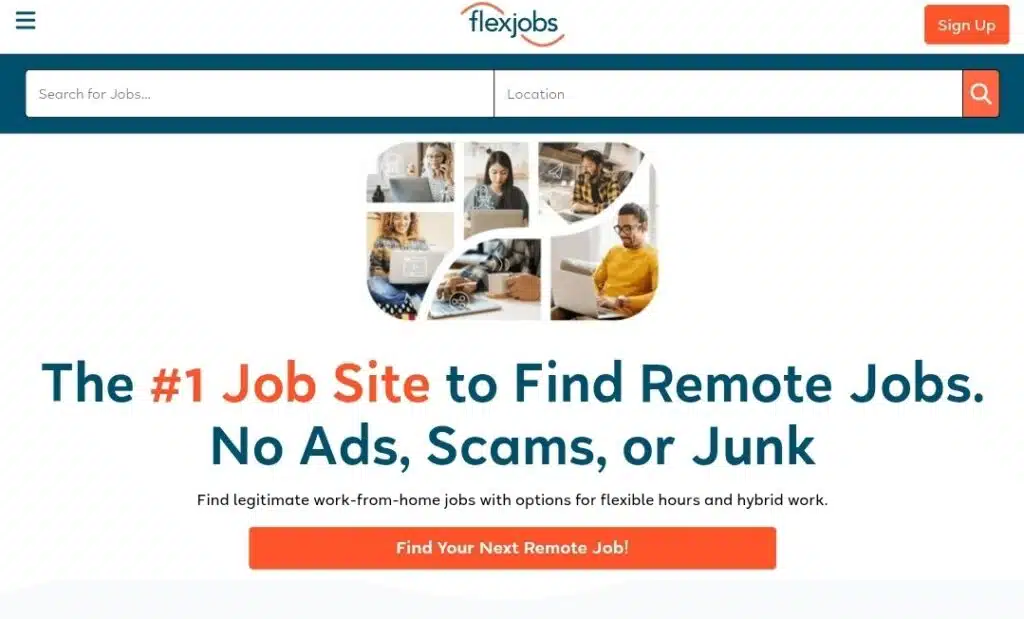
FlexJobs is a subscription-based platform that specializes in remote, flexible, and contract work. Unlike Fiverr’s gig-oriented model, FlexJobs focuses on curated listings, ensuring that every professional is vetted for skills, experience, and legitimacy. The platform covers a wide range of industries, including marketing, writing, tech, customer support, and project management, making it a reliable source for quality talent.
Access is via a subscription model, starting at around $14.95 per month, which allows businesses to browse listings and connect directly with freelancers or remote employees. There are no per-project fees, giving clients transparency and control over budgets. Compared with Fiverr, FlexJobs emphasizes security, reliability, and pre-screened talent rather than rapid, one-off tasks.
FlexJobs is ideal for businesses seeking vetted, professional freelancers or employees for ongoing, flexible work arrangements. While it’s not a marketplace for ultra-quick gigs, the quality and reliability of talent make it particularly valuable for companies that prioritize trust and long-term collaboration.
Decision framework: which alternative fits you?
- Quick tasks / one-off gigs → Fiverr, Freelancer.com
- High-stakes or critical projects → Toptal, FlexJobs
- Long-term client relationships → Guru, Outsourcely
- Regional focus → Workana (Latin America)
- Creative/design projects → 99designs
Transitioning from Fiverr
Switching platforms is easier than it seems. A smooth move usually involves:
- Identify projects to migrate: Decide what stays on Fiverr vs. what moves.
- Organize files & instructions: Make onboarding easier for new freelancers.
- Test workflows: Run a small pilot project to check communication and deliverables.
- Leverage platform features: Use milestones, workrooms, or time-tracking tools.
- Gradual migration: Keep Fiverr active for low-priority tasks while transitioning.
Final takeaways
- Match your platform to project type, budget, and collaboration needs.
- Pre-vetted platforms (Toptal, FlexJobs, Guru) work best for high-stakes or ongoing projects.
- Fiverr and Freelancer.com are still reliable for quick, lower-cost tasks.
Conclusion
Fiverr alternatives provide better control, higher-quality talent, and more reliable collaboration. Platforms like Guru, Toptal, and FlexJobs excel for ongoing or mission-critical projects, while niche options like Workana and 99designs offer specialized expertise. Choosing the right platform ensures projects are delivered efficiently, consistently, and without unexpected fees, letting your business scale confidently.

